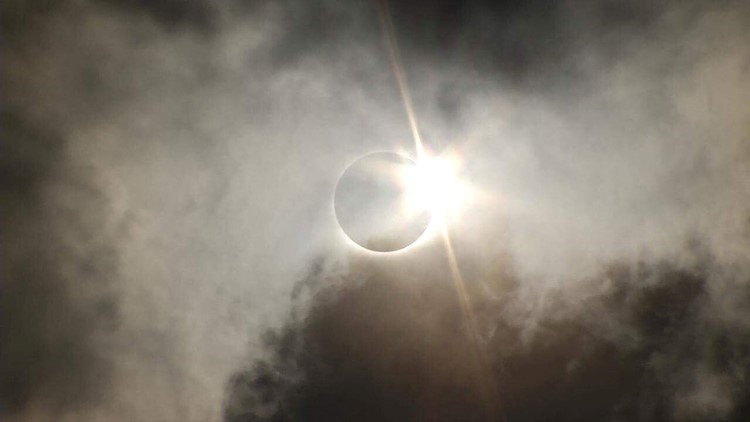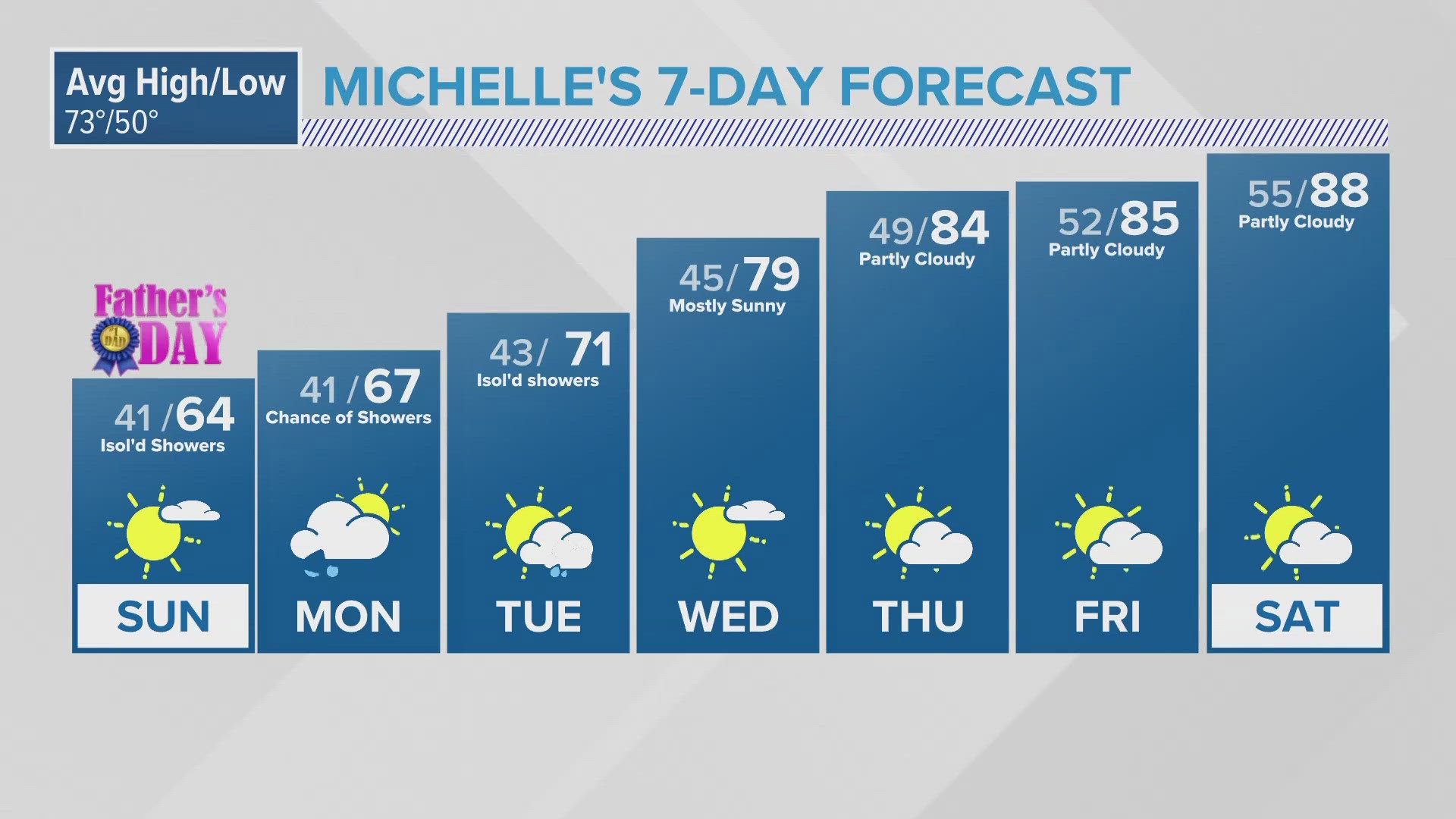SPOKANE, Wash. — Eclipses are my favorite astronomical phenomenon!
The relationship between the Sun, the Earth, and the Moon creates these wonderful displays when the shadow of one falls on the other. For the lunar eclipse, it's when the Earth's shadow falls on the Moon. For the solar eclipse it's the other way around.
Think of it this way, the Moon "disappears" during a lunar eclipse, and the Sun "disappears" during a solar eclipse.
But there are different types of both lunar and solar eclipses.
On the lunar side, the total lunar eclipse is when the moon crosses completely through the Earth's shadow. During this time, the refracted sunlight that passes through Earth's atmosphere still falls on the moon, creating the reddish hue.

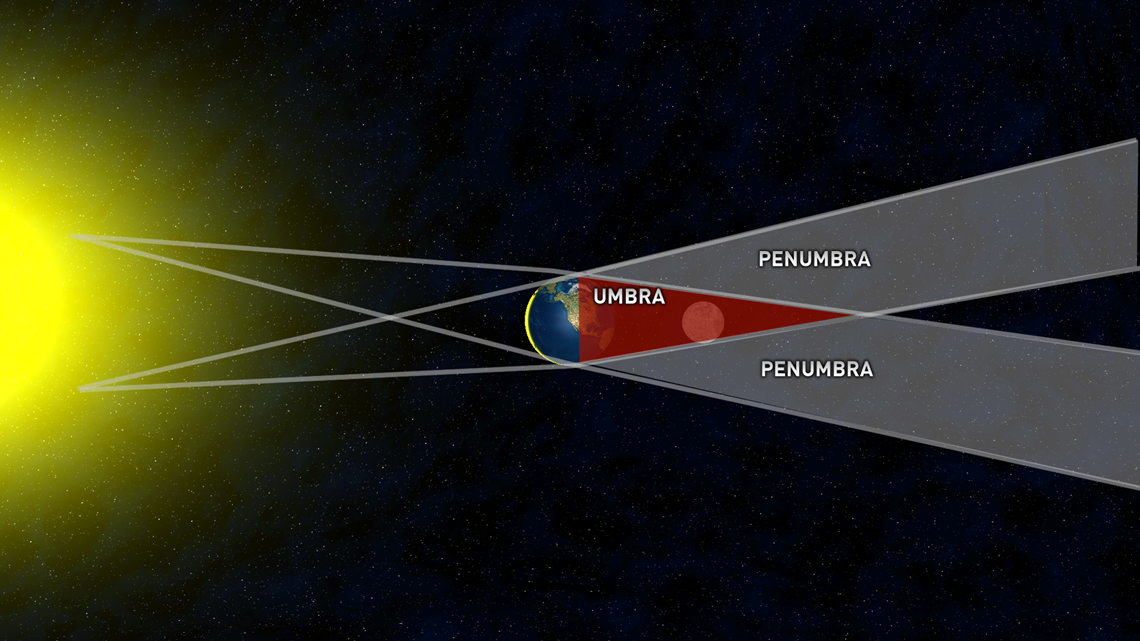
This is why the total lunar eclipse is also known as a "blood moon."
The last time Spokane saw a total lunar eclipse was on January 20, 2019. The next time will be on May 26, 2021.
From the perspective of the Moon, the Earth is covering up the sun. This "inner shadow" is known as the "umbra." But if only part of the sun is covered, this part of the shadow is the "penumbra."

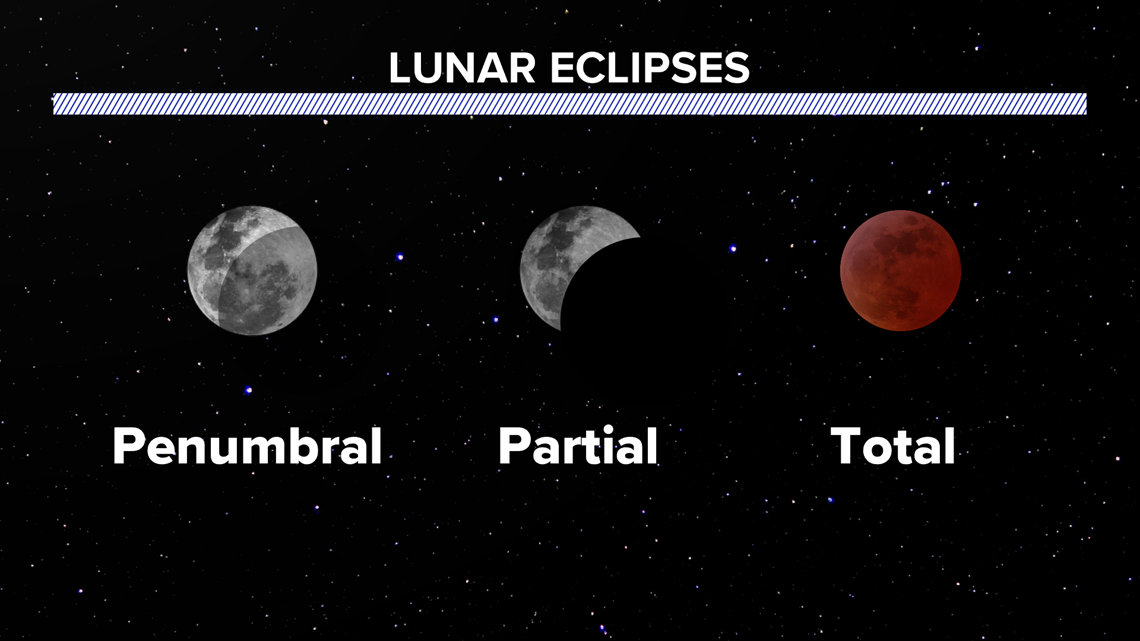
If the moon only passes part way through the umbra, that's a partial lunar eclipse. If the moon only goes through the penumbra, that's a penumbral lunar eclipse. The penumbral eclipse is basically a full moon that is dimmer than usual for a couple hours as it passes through the outer shadow of earth.
Lunar eclipses are more common for people to see multiple times in their lives. This is because during each eclipse, about half of the Earth can witness the eclipse at the same time.
Solar eclipses, however, are far more rare to witness.
While they occur at the same frequency as lunar eclipses, the shadow that falls of Earth's surface is far more narrow. The outer shadow, the penumbra, that creates the partial solar eclipse can be about the size of a continent. But the umbra part of the shadow can only trace a very narrow path.
On Monday, December 14, 2020, only a sliver of Chile and Argentina got to see the total solar eclipse.
The total solar eclipse is nothing short of an astronomical miracle. Since the Sun is 400 times larger than the Moon, but the Moon orbits 400 times closer to earth, the apparent size in the sky is nearly exactly the same.
Thus the Moon can cover up the Sun perfectly, revealing the bright but otherwise invisible streams of light from the Sun's outer atmosphere called the "Corona."
In the U.S., the last time there was a solar eclipse was on August 21, 2017. The path of the eclipse went from Oregon to South Carolina.
The next total solar eclipse in the U.S. will be on April 8, 2024. The path for this event will go from Texas to Maine.

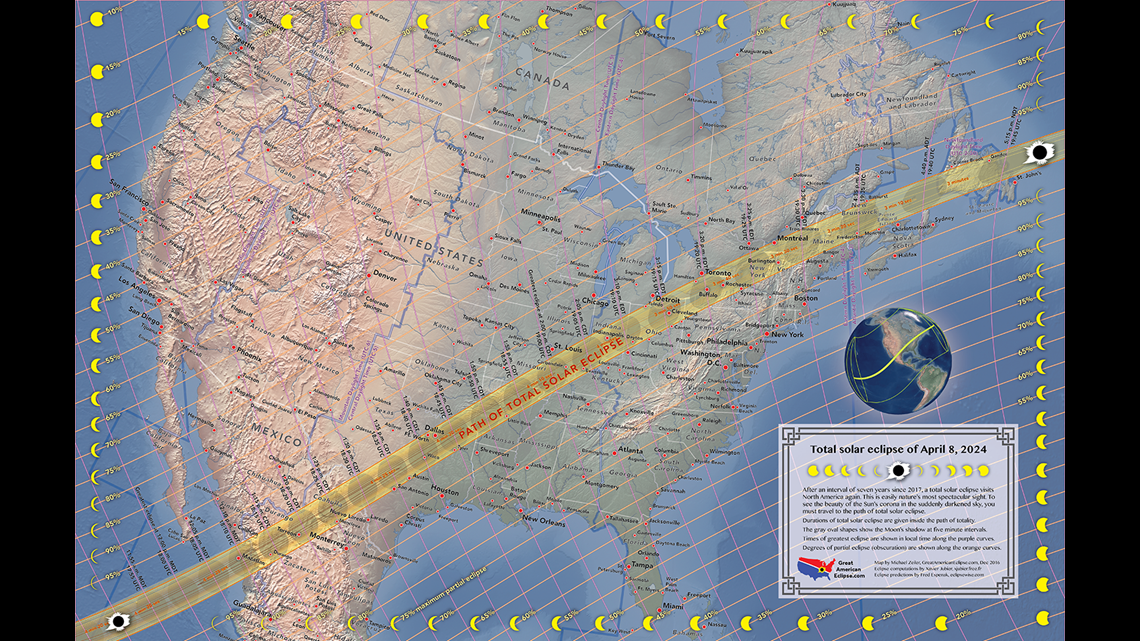
Most people who want to see the total solar eclipse will have to travel to position themselves in the path because it's not terribly likely that an eclipse will occur at any single place on the globe within a 100 year span. For example, Spokane will not see a total eclipse through at least year 2200.


That fact makes where I saw the total solar eclipse back in 2017 (pictured above) all that more special. Carbondale, Illinois, located about a 5 hour drive south of Chicago, will see two solar eclipses in the span of 7 years. It's in the path of both the 2017 eclipse and the upcoming 2024 eclipse.
There's one more type of solar eclipse you should know about. The Annular solar eclipse. Since the moon's orbit isn't perfectly circular, it's sometimes farther away from the Earth and during an eclipse, it's apparent size isn't large enough to cover up the Sun. When this happens, viewers are left with a ring of sunlight called an "annular."

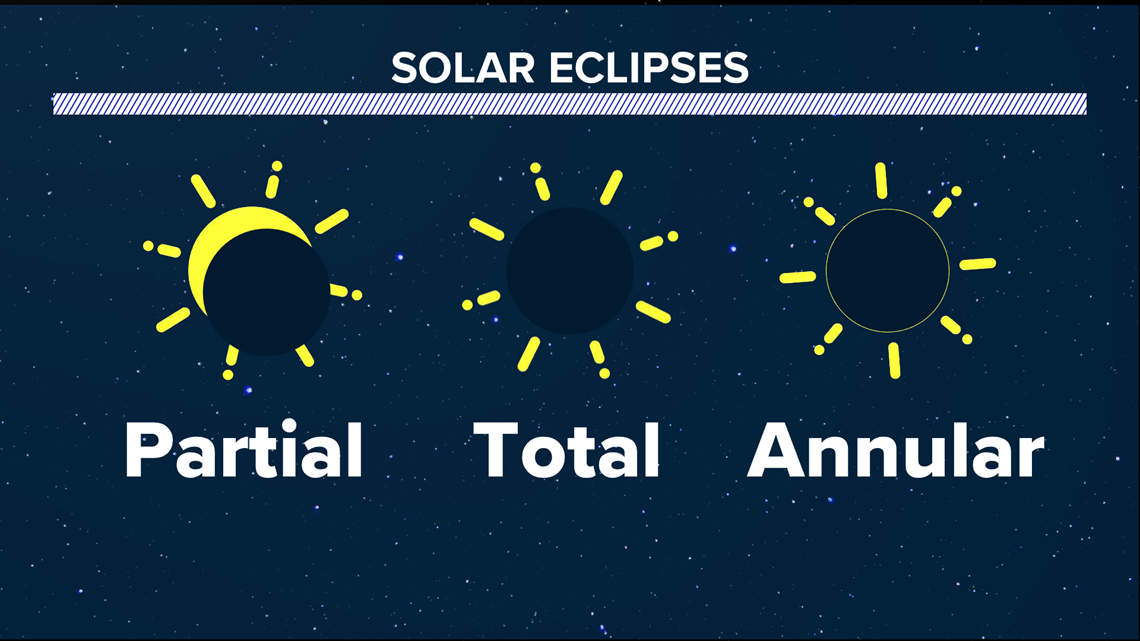
The Sun's Corona isn't visible during an annular eclipse because the Sun's direct sunlight far outshines its own outer atmosphere.
The U.S. will see an eclipse of this variety this decade. On October 14, 2023, the path of the Annular Eclipse will go from Oregon to Texas.
Weather Classroom is produced and broadcasted by KREM Meteorologist Thomas Patrick is you can watch and chat live on his Facebook page Thursdays at 1 p.m. Pacific Time.

